We are still getting some migrants, but most of the new sightings for this week are of birds that we usually see every year.
Two new species for the season were recorded by Lanny McDowell and Ken Magnuson on their June 1 visit to Norton Point Beach. They spotted a one-year old lesser black-backed gull and three red knots. The former will become more common as the season progresses, especially on the south shore beaches. The latter species is passing through on its way to their northern breeding grounds.
They also spotted some of the more usual shorebirds: black-bellied plovers, piping plovers, willets, dunlin, sanderlings, semipalmated sandpipers, roseate terns, common terns and least terns. Warren Woessner was also there that day and he spotted a short-billed dowitcher in addition to many of the above species.
Another new species for the year is a saltmarsh sparrow, an inconspicuous species that nests in many of our salt marshes. Any little brown job (LBJ in birding parlance) that flies from one place to another within the marsh is likely to be this species. The bird was seen by Luanne Johnson in the marshes along Edgartown Bay Road on June 2.
Phil Edmundson heard and then saw a warbling vireo on May 26 in the woods near Watcha Pond. This drabbest of all vireos can be difficult to identify by sight, but its song is quite distinctive. They are migrants that do not nest here.
Last week’s column reported that Ted Gilliland carefully documented and photographed three Mississippi kites near the Gay Head Cliffs on May 22. One sighting of this species is amazing, but now there is a second sighting! Philip Mitchell spotted one adult as it flew past the Aquinnah lighthouse on May 31.
Bird Sightings
Some winter resident seaducks are lingering around the Island. On June 2, I spotted a long-tailed duck molting into his breeding plumage in Edgartown Harbor near the lighthouse. And on June 1, Bob Shriber visited Lobsterville and saw common eiders, white-winged scoters, black scoters and a common loon. On Old South Road in Aquinnah he added eastern wood-pewee, black-and-white warbler and brown-headed cowbird.
On June 1, roosting on the boulders off the Cedar Tree Neck shoreline was a flock of about 70 common terns and 40 roseate terns. They were noisily communicating with their distinctive calls, and a number of the roseates were showing off the rosy wash on their breasts which is only visible at this time of the year. Around the parking lot at Cedar Tree Neck there were three male American redstarts singing, up from only one on May 25. I also spotted a female northern harrier, common yellowthroats, yellow warblers, prairie warblers and ovenbirds.
Susan Whiting had an unexpected visitor, a brown thrasher, at her bird bath on May 31.
Two green herons have been spotted: Sharon Simonin saw one at Nat’s Farm Pond on June 1, and Lucinda Sheldon saw one at Tashmoo Spring Pond.
Tim Leland reports from Wasque on May 29 that he has seen a rose-breasted grosbeak, eastern kingbirds and chipping sparrows. The red-breasted nuthatches that have been there for so long have left.
As a response to my previous columns, Peter Enrich reports seeing a scarlet tanager on May 27 in the woods near Tea Lane Farm. These sightings are important as I think this species has declined around the Island.
Now that the nesting season is upon us, I am asking anyone and everyone to report their sightings so we can document their abundance.
Osprey chicks are now hatching across the Island. The Oak Bluffs pumping station ospreys have hatched two chicks. Their behavior and growth can be watched online at https://www.ipcamlive.com/obwdospreycam. We should also be on the lookout for birds starting to nest on electric poles or other less-than-ideal sites. If you see this happening, please call Gus BenDavid, as he will work with Eversource to protect both your electricity and the ospreys!
One final note: a number of people have commented that they have not been seeing their hummingbirds. There are several reasons for this. Some of the hummers were migrants that have passed through and are now onto their more northern breeding grounds. There is also a stage of the nesting cycle where the hummers make themselves scarce. And we’ve reached the time of year when there is so much natural food out there that they do not depend as much on feeders.
The nesting season is in full swing, although migrants may still filter through. Please report your sightings to birds@mvgazette.com.
Robert Culbert is an ecological consultant with Nature Watch LLC living in Vineyard Haven.

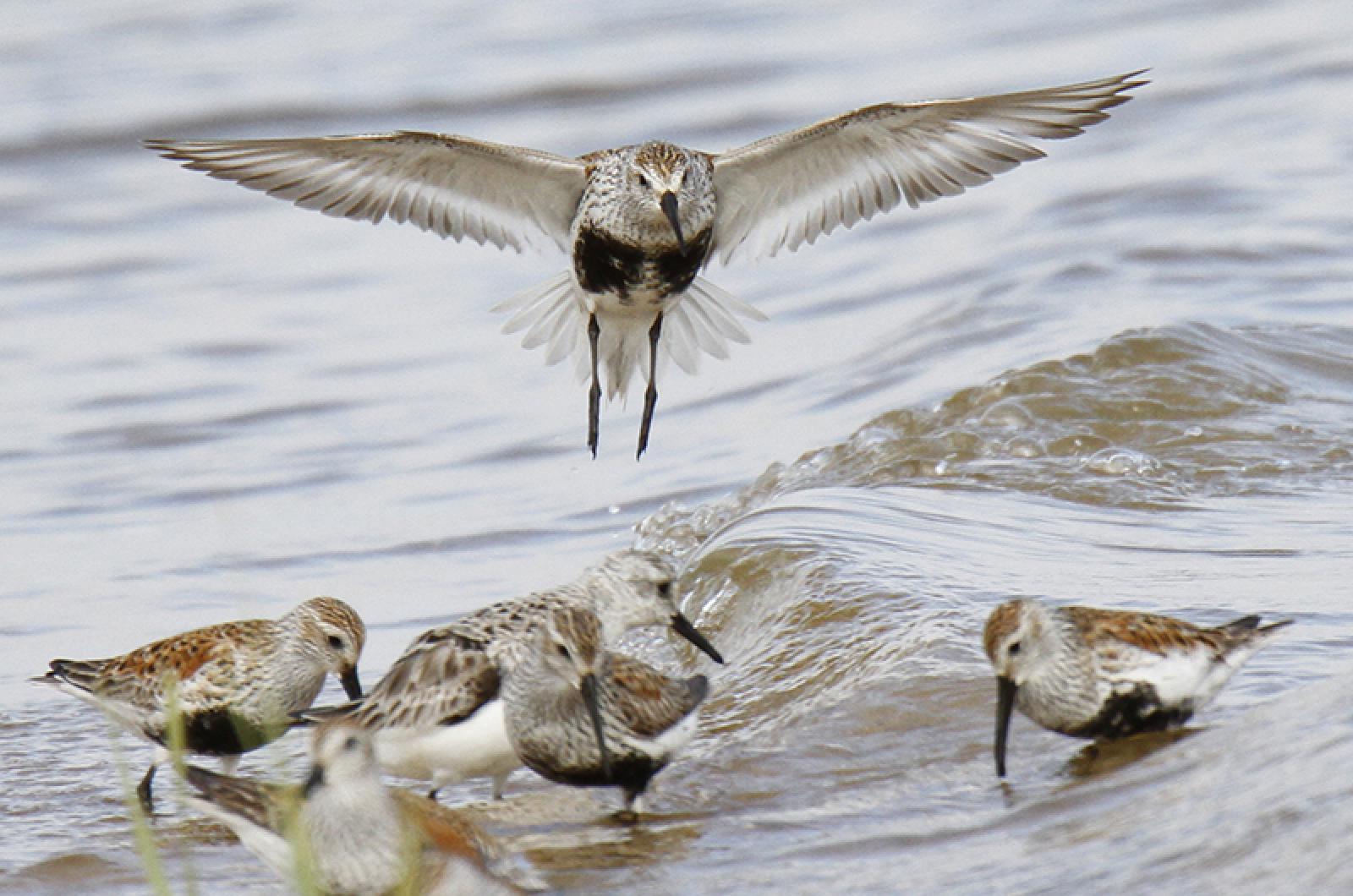
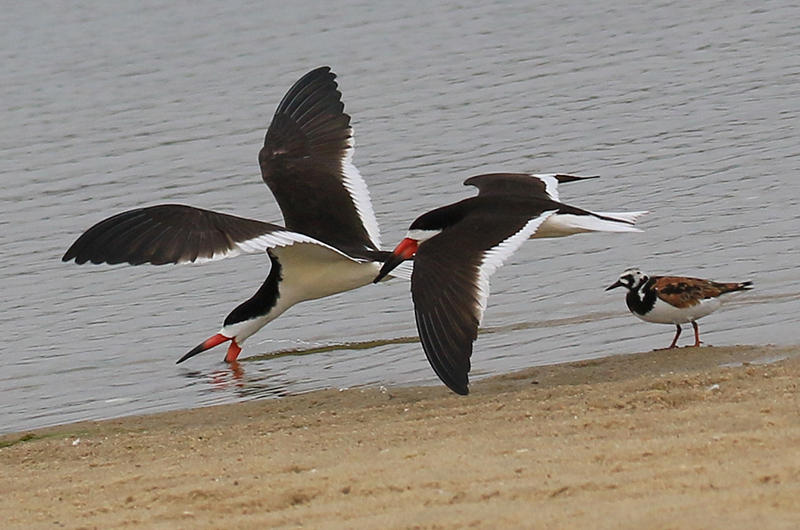
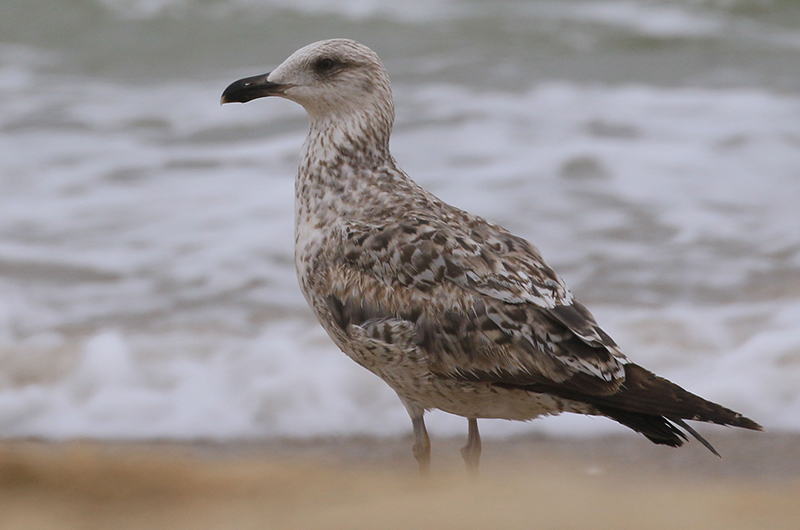
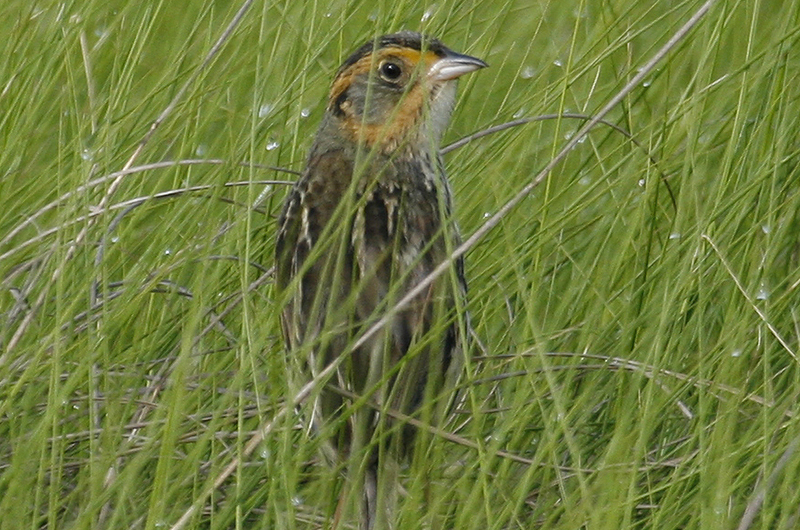
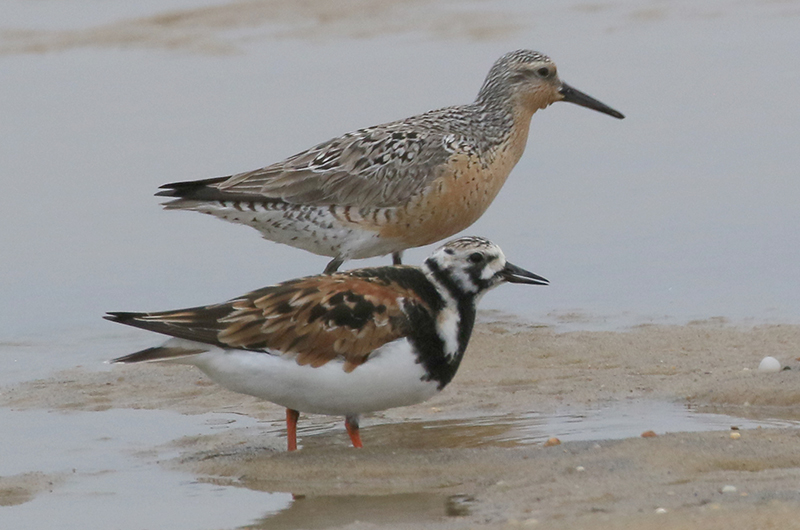


Comments
Comment policy »